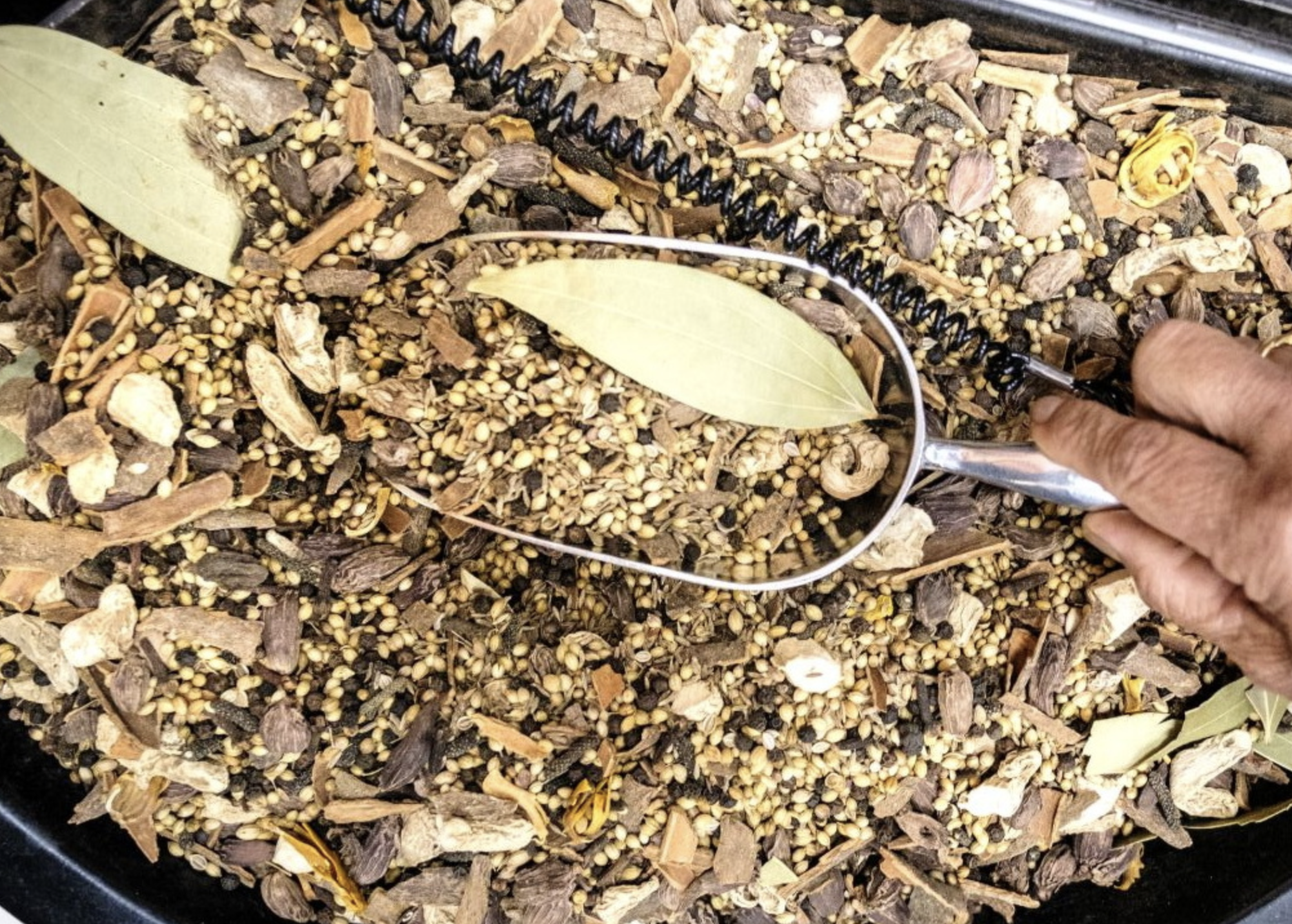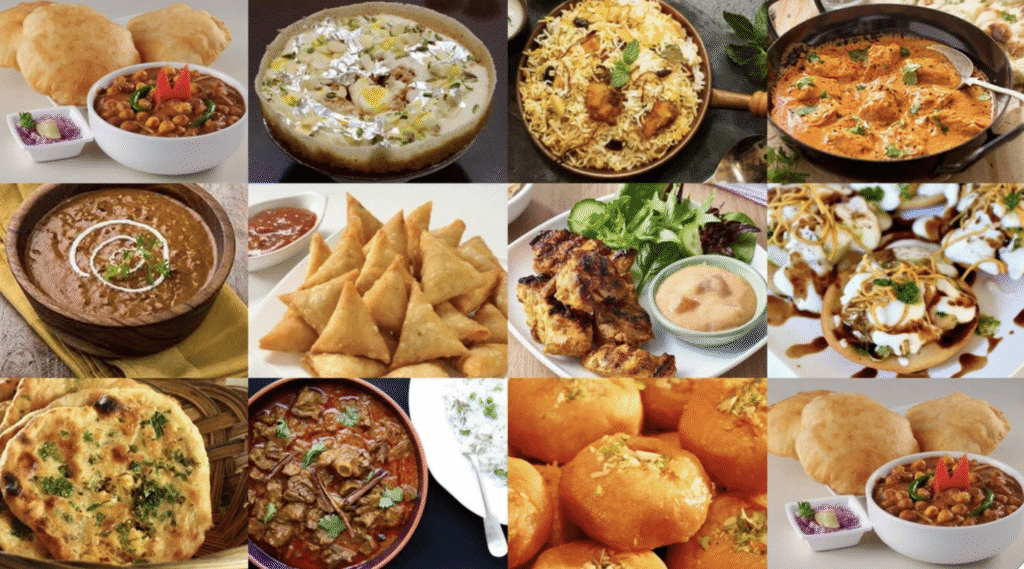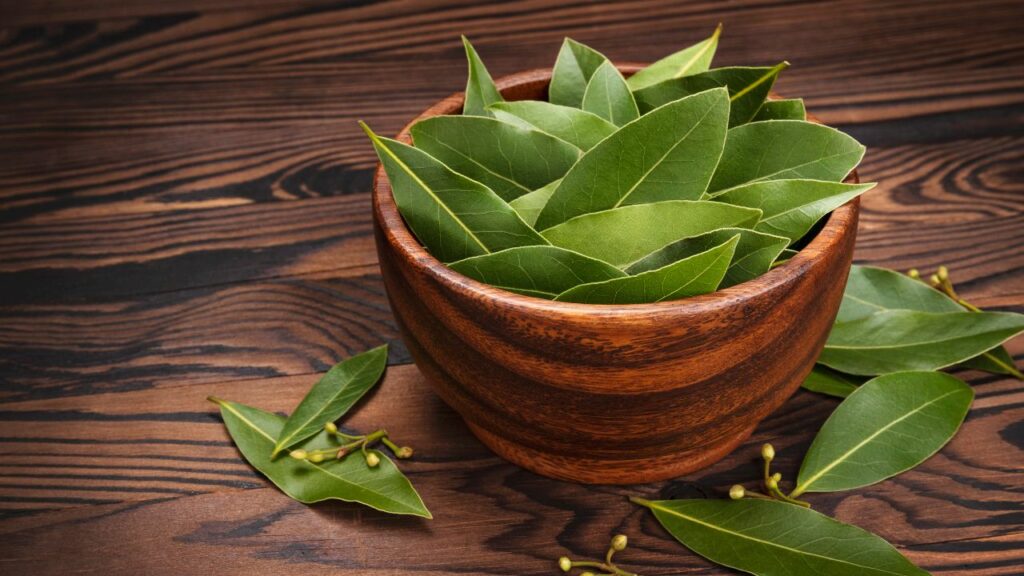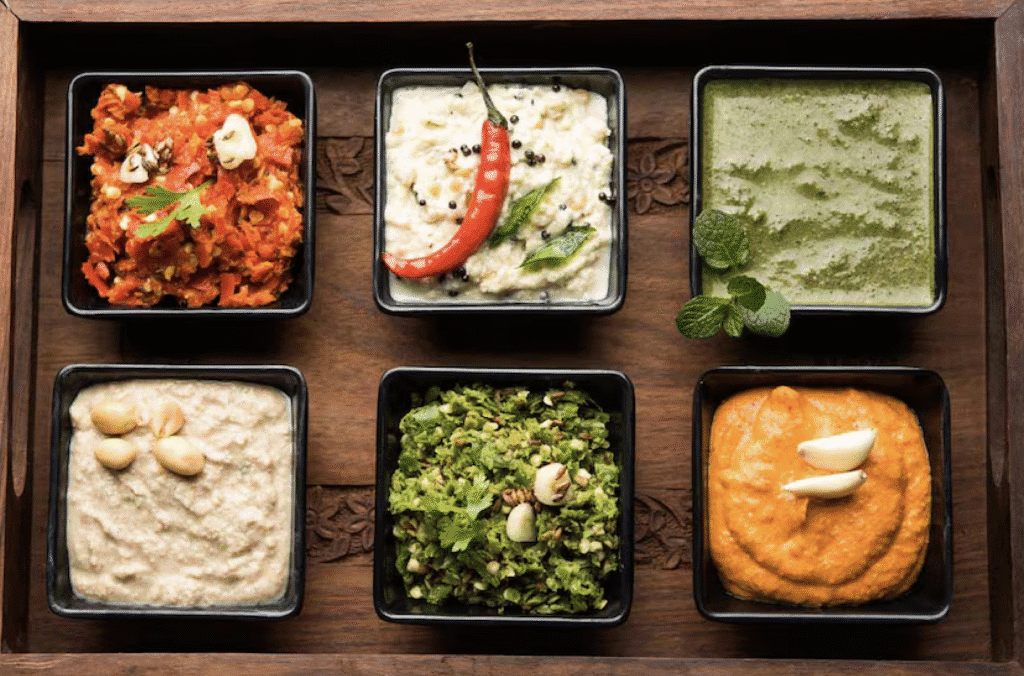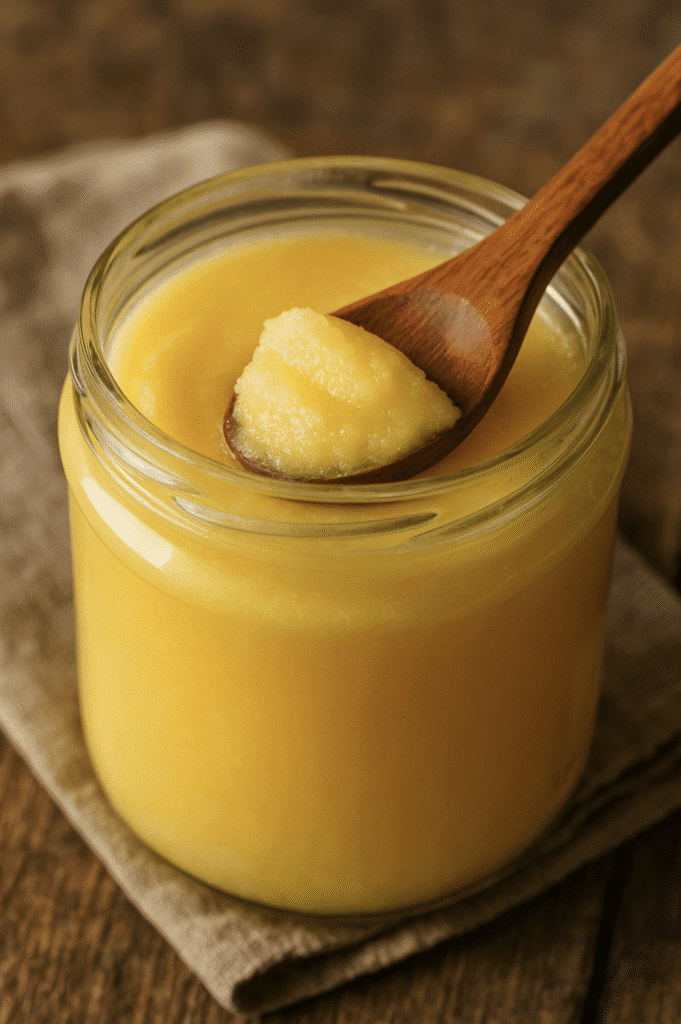Essential Indian Spices Every Home Cook Should Know
Indian cooking isn’t about throwing a dozen random spices into a pan. It’s about layering flavor, knowing when to toast, when to bloom, and when to leave something whole. And the best part? You don’t need a wall of jars to get started — just a core set of spices and a sense for balance.
If you’re new to Indian food or want to simplify your spice cabinet, start here. These are the essential spices that show up in most Indian kitchens — and once you get familiar with them, everything else becomes optional.
Table of Contents
1. Cumin (Jeera)
What it does: Earthy, warm, and slightly bitter, cumin adds depth to dals, curries, rice, and even chutneys.
How to use it: Often added whole to hot oil at the beginning of cooking. When toasted briefly, it releases a nutty aroma that’s unmistakably Indian.
Try it in: Tempered dal, jeera rice, or spiced yogurt.
2. Coriander (Dhania)
What it does: Ground coriander has a citrusy, slightly sweet note. It’s milder than cumin and often used alongside it.
How to use it: In powdered form, it works well in spice blends, curry bases, and dry vegetable dishes. Whole seeds are sometimes toasted and ground fresh for more aroma.
Try it in: Dry sabzis, curries, or even spice rubs.
3. Turmeric (Haldi)
What it does: Adds color, mild bitterness, and an earthy undertone. Turmeric is also known for its anti-inflammatory properties — but in Indian cooking, it’s mostly flavor.
How to use it: A small pinch goes a long way. Typically added early in the cooking process, after tempering but before simmering.
Try it in: Lentil soups, potato dishes, and homemade pickles.
4. Mustard Seeds (Rai or Sarson)
What they do: Tiny black or yellow seeds that pop and sizzle when added to hot oil — a staple in South Indian tadkas and pickling.
How to use them: Always used whole and never raw. Once they start popping in the oil, they’re ready to flavor the rest of the dish.
Try them in: Coconut chutneys, vegetable stir-fries, and South Indian rasam.
5. Asafoetida (Hing)
What it does: A pinch of this sulfuric, pungent spice adds deep umami — especially in dishes without onion or garlic.
How to use it: Always use sparingly, and fry it briefly in oil before adding other ingredients. It mellows out quickly and leaves behind a savory base.
Try it in: No-onion garlic dals, curries, or khichdi.
6. Chili Powder (Lal Mirch)
What it does: Brings heat, color, and warmth — and varies wildly in intensity depending on the type.
How to use it: Add with caution, especially with store-bought powders. Indian chili powder is often hotter than its Western counterpart.
Try it in: Literally anything that needs heat — from dals to paneer dishes.
7. Fenugreek Seeds (Methi Dana)
What they do: Slightly bitter with a maple-like aroma when toasted. Often used whole in pickles or ground into spice blends.
How to use them: Toast lightly to mellow the bitterness. Best in small amounts, or they’ll overpower everything.
Try them in: Achar (pickles), kadhi, or spice rubs for lentils.
8. Garam Masala
What Garam Masala is: Not a single spice, but a warm blend — often including cinnamon, cloves, cardamom, nutmeg, cumin, and more.
How to use it: Add it at the end of cooking, not the beginning, to preserve its aroma. Think of it like finishing salt — not a base.
Try it in: Rich gravies, biryanis, or even sprinkled over roasted veggies.
9. Cardamom (Elaichi)
What it does: Sweet, floral, and slightly citrusy — cardamom is used in both savory dishes and desserts.
How to use it: Use the pods whole, crushed, or just the seeds inside. Green cardamom is more common; black cardamom is smokier and stronger.
Try it in: Masala chai, rice puddings, and rich meat curries.
10. Cloves, Cinnamon & Bay Leaf (The “whole spice trio”)
These are often added whole at the start of cooking to infuse oil or ghee with warmth and complexity — especially in rice dishes and rich curries.
How to use them: Fry them whole in oil until fragrant, then build your dish from there.
Try them in: Biryani, pulao, or masala bases.
Final Thoughts
You don’t need 30 spices to cook great Indian food. Start with a handful, get to know how they behave in hot oil, how they taste when ground, and how they change in combination. Over time, you’ll build your own rhythm — and spice blends will feel less like recipes and more like instincts.
And when in doubt? A little cumin, coriander, turmeric, and chili powder will carry you surprisingly far.

